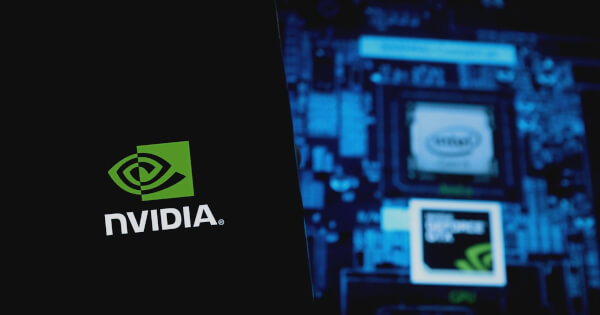Luisa Crawford
Oct 15, 2024 03:20
Explore how AI-enabled virtual wind tunnels are transforming fluid dynamics education, providing students with intuitive tools for design and analysis, as detailed by NVIDIA Technical Blog.
In a groundbreaking development, AI-enabled virtual wind tunnels are reshaping the landscape of fluid dynamics education. According to the NVIDIA Technical Blog, these innovative tools are empowering engineering students to gain hands-on experience with simulation-driven design and analysis.
Challenges in Engineering Education
Engineering education often struggles to balance foundational learning with practical skills in simulation tools. Traditional methods focus extensively on numerical methods and turbulence models, leaving little room for developing intuitive, high-level simulation skills, which are increasingly demanded by employers.
AI-Enabled Simulation Tools
NVIDIA has introduced an automated computational fluid dynamics (CFD) workflow designed to be more accessible and intuitive for students. This tool utilizes a numerical solver to create datasets for AI model training, leveraging NVIDIA Modulus to develop an experimental platform that enhances students’ analytical capabilities.
Integrating Simulation in Curriculum
The integration of simulation tools within the broader engineering curriculum is crucial. By embedding these tools across various courses, students can develop the necessary familiarity and skills from the onset of their programs, aligning education with industry needs.
Virtual Wind Tunnels in Action
The virtual wind tunnel system developed by NVIDIA utilizes a combination of OpenFOAM and NVIDIA Modulus, enabling students to conduct extensive CFD analyses. This system allows for the creation of volumetric copies of student-supplied models, which are then modified for training and validation in a seamless AI pipeline.
Practical Implementation and Results
Implemented at the Milwaukee School of Engineering (MSOE), the virtual wind tunnel has significantly increased the capacity for CFD analyses and wind tunnel experiments. Students can upload 3D models and receive detailed feedback, including drag and lift forces, enhancing their ability to refine designs effectively.
Future Prospects and Educational Impact
The continuous evolution of AI and simulation technologies holds great promise for the future of engineering education. By simplifying complex processes and making advanced tools accessible, educators can focus on teaching innovative design and analysis techniques, preparing students for real-world challenges.
For educators interested in incorporating these advancements, NVIDIA offers resources through its Deep Learning for Science and Engineering Teaching Kit and GitHub repository, facilitating the integration of AI into educational programs globally.
Image source: Shutterstock









